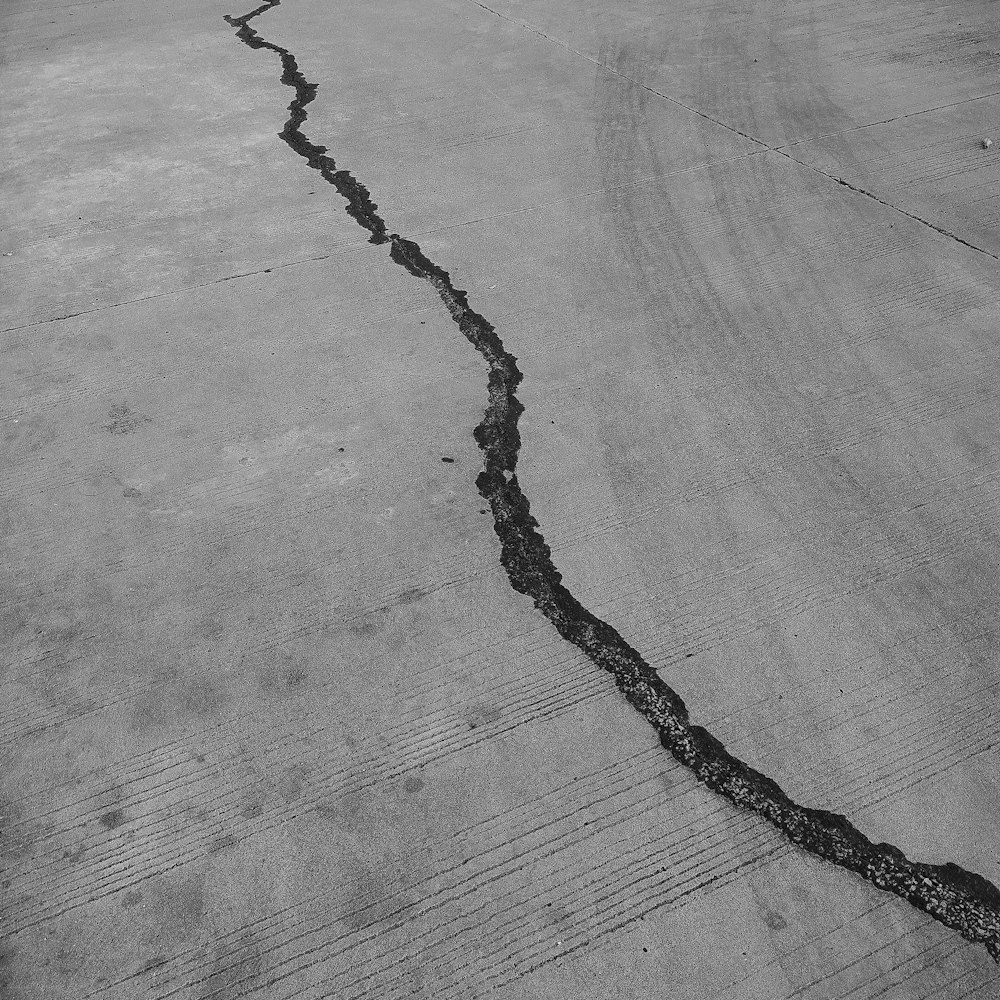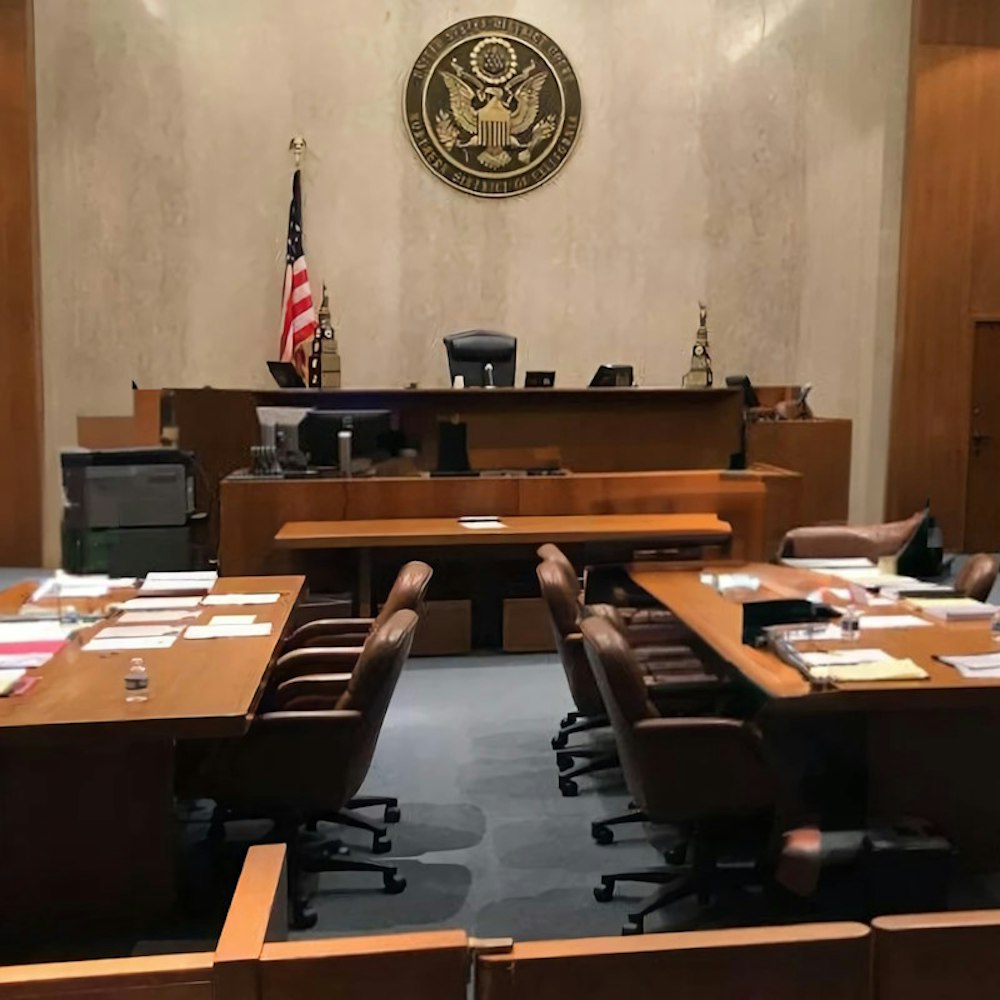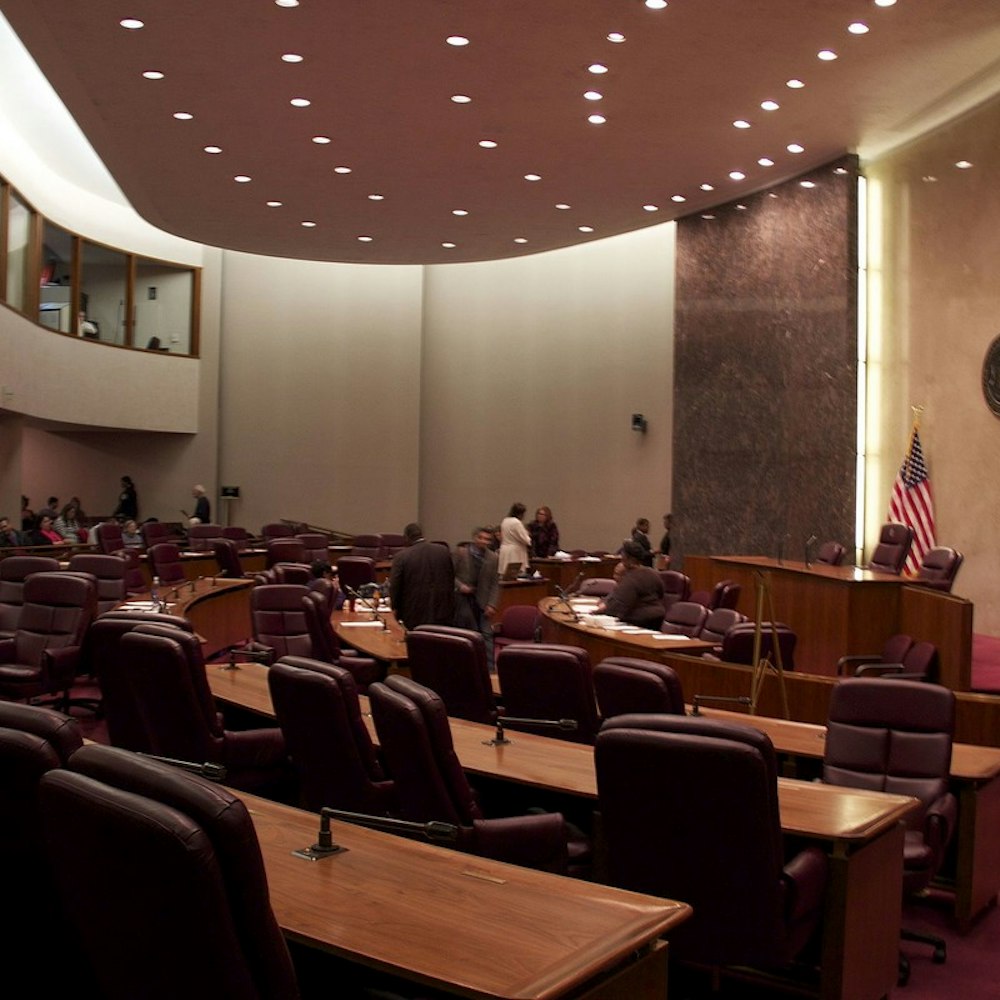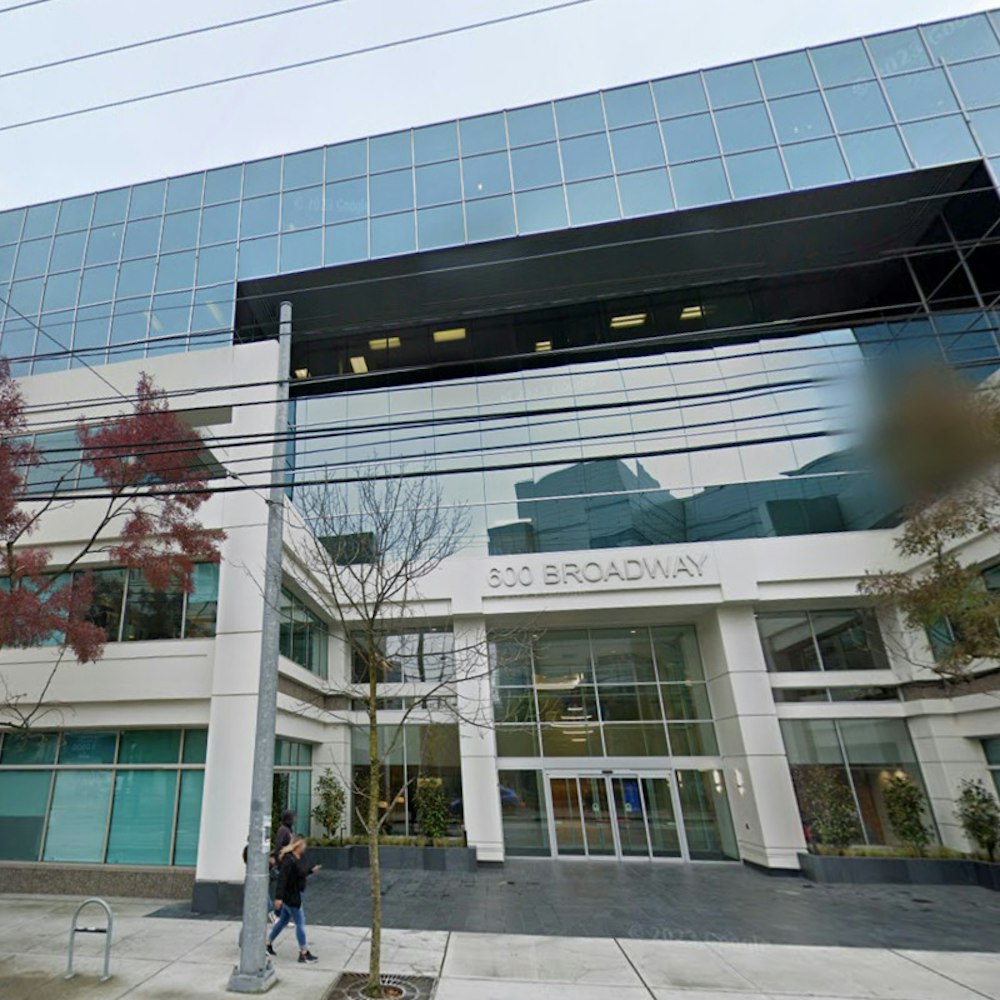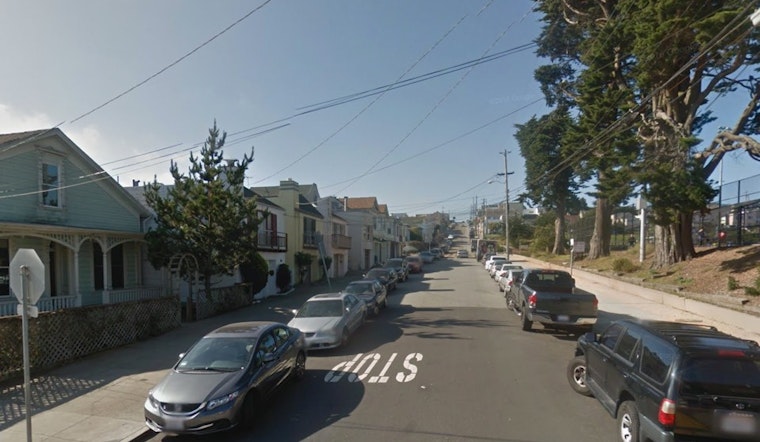
Yesterday, a judge ordered a man shot by police during a confrontation in San Francisco's Oceanview neighborhood in January to stand trial on multiple felony charges for alleged attacks on officers.
Judge Ethan Schulman dismissed two counts of criminal threats following a three day preliminary hearing, but ordered Sean Moore, 43, to stand trial on 10 charges including assault upon a peace officer with force likely to cause great bodily injury, battery with injury on a peace officer and threats to an executive officer.
Moore is alleged to have kicked and hit officers during the confrontation that led to his shooting, which occurred around 4am January 6th at his home in the 500 block of Capitol Avenue.
Officer body-worn camera footage shows that Moore responded with hostility and anger when officers Kenneth Cha and Colin Patino knocked on his door, repeatedly ordering them off his property. The officers were responding to a call from a neighbor, who has a civil restraining order against Moore, alleging that he had been banging on a shared wall.
During the rapidly escalating dispute that followed, the officers used pepper spray and batons before Cha opened fire, striking Moore in the abdomen and groin. More was hospitalized and underwent several surgeries after the shooting.
Patino, who got some pepper spray in his eyes during the incident, suffered a broken nose and injuries to his face when he was allegedly struck and knocked down, while Cha reported pain after allegedly being kicked in the face, according to police testimony during the hearing.
Moore's shooting has generated controversy, with family members arguing that police should have backed off, deescalated the situation and called in someone with crisis intervention training when it became clear that Moore, who has been diagnosed with a mental illness, was hostile and agitated.
The public defender's office has also called out the police response as racially biased, alleging that a similar incident involving a white suspect rather than a black man would not have ended in a shooting.
Moore was unarmed during the incident.
Schulman yesterday said he was aware of the case's importance to the community and the issues it raises around police policies, training and relationships with minority communities, but was only ruling on whether there was probable cause to charge and try Moore.
"With the benefit of hindsight one can see ways this could have been avoided," Schulman said. However, he noted, "I'm not asked to decide whether the officers could have or should have handled things differently."
Schulman said that a jury trial is needed in part because there is a dispute between prosecutors and the defense over what exactly happened during an initial confrontation that led to Moore being pepper sprayed and Cha sustaining an injury to the face.
Prosecutors maintain that Moore was attacking the officers, or that they believed he was doing so, when he came out of his front gate.
Assistant District Attorney Maggie Buitrago emphasized that Moore was standing at the top of a narrow stairwell, giving him an advantage over the officers, and that he had been yelling and banging loudly on the gate.
"Any reasonable person would have been afraid of Mr. Moore at that point," Buitrago said.
However, defense attorneys argue the video shows that Moore never moved off the landing toward the officers and only put up his foot in self-defense after he was attacked and pepper sprayed.
Deputy Public Defender Brian Pearlman argued that officers were acting unlawfully at that point by remaining on Moore's property after he had already told them to leave 41 times, since they did not have probable cause to arrest him. Instead of leaving, the officers remained, accusing Moore of threatening them, asking him what he was going to do and telling him they weren't going to leave.
"This is illegal police conduct. They can't just stay there harassing him," Pearlman said. "Just because they have a badge, they don' get to trespass."
Schulman said that when the video is viewed in slow motion, it could be seen as supporting the notion that Moore was not actually moving forward. However the law only requires that officers have a "reasonable belief" that they are in danger, and slow motion may not reflect the way the situation was perceived and experienced by the officers, he said.
"What happened during the initial encounter is something I cannot resolve as a matter of law and must be submitted to a jury," Schulman said.
"If the lawfulness of the officers' actions is in dispute, it needs to go to a jury."
Schulman denied a motion by Pearlman to release Moore on his own recognizance, leaving bail set at $105,000.
Moore is scheduled to return to court on March 23. —Sara Gaiser



